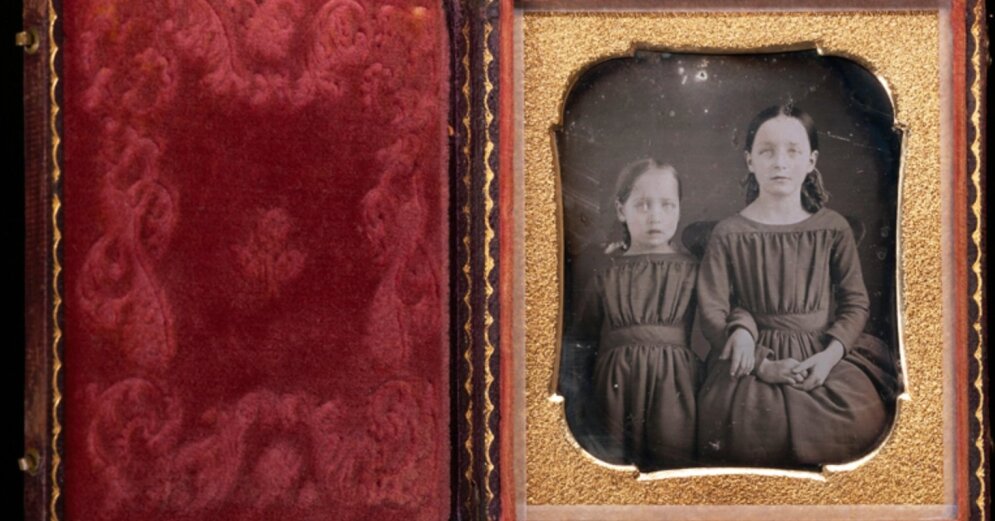Content will continue after the ad
Advertising
–
Daguerreotype, ambrotype and ferotype or the so-called direct positive technique on copper, glass and iron plates are the first and oldest photographic techniques created in the 19th century and have survived in small numbers in Latvia as well.
The project started in 2017 with the aim of identifying these materials in Latvian memory institutions, conducting their research and conservation. More than 50 Latvian museums, archives and libraries were identified. Fifteen of these memory institutions store 15 daguerreotypes, 13 ambrotypes and 52 ferotypes, most of which are on display.
Part of this heritage is in poor condition due to natural aging, unsatisfactory storage conditions or poor conservation, which could result in the permanent destruction of the photographic image in the near future. Within the framework of the project, conservation of 12 objects was performed. A catalog is planned to be published next year that will gather information on all the photos identified. The exhibition is a unique opportunity to see the oldest photos in Latvia on non-paper materials in one place for the first time.
The photograph, which was patented in Paris in 1839, forever changed not only the history of visual culture, but also the processes of human visual perception and memory, allowing the world to be “as it is” in time, almost without human intervention.
These photos mostly show portraits of both known and unknown faces. In the beginning, photographs often talked about the imprint of the soul. The nature of the material is unforgivable – silver oxidizes, glass breaks, iron rusts, sooner or later the contents are once fixed. “The exhibition is dedicated to the fragility of our memory, the beautiful but invincible struggle with time and volatile history, which is destined to crumble with the souls of these people,” says the curator of the exhibition Lauma Lanceniece.
–
